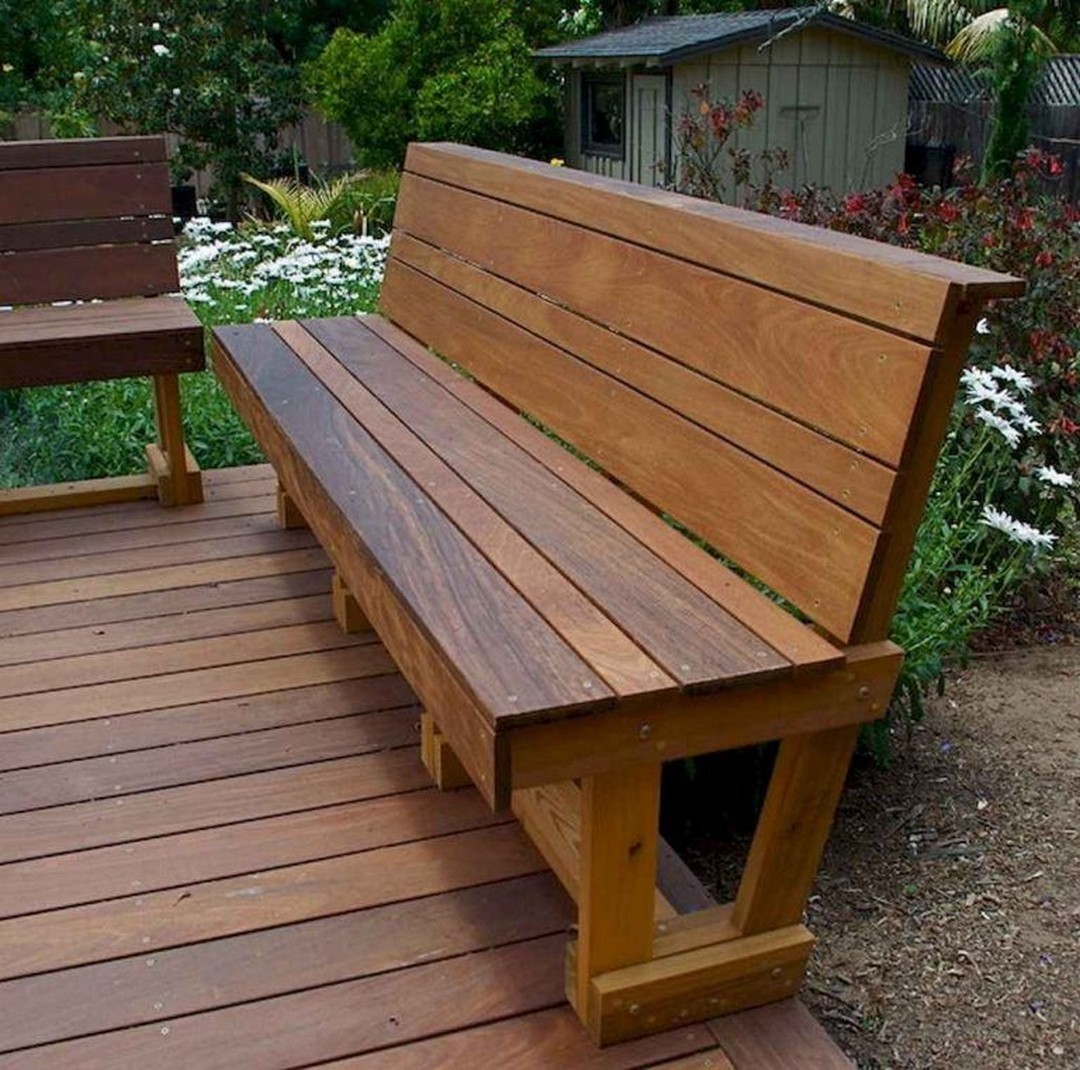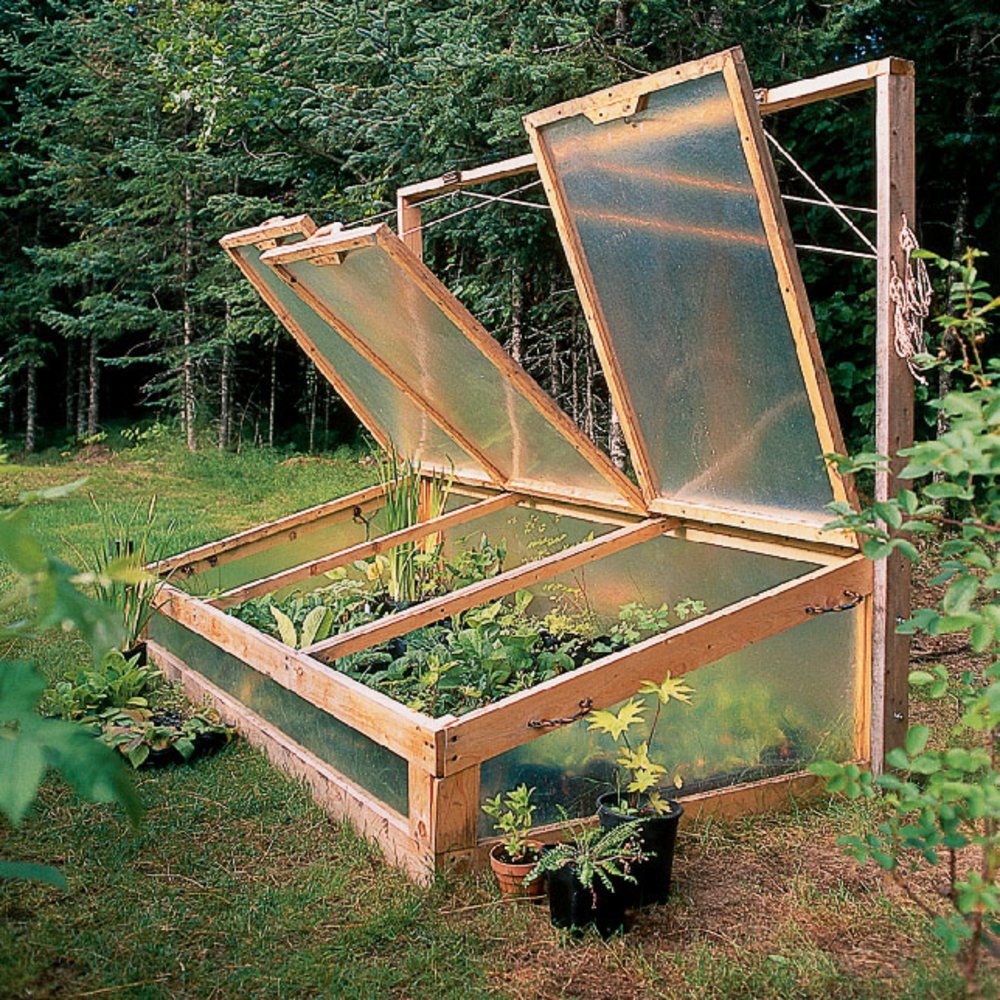
Essential Tools for Cutting Dado Joints in Woodworking
Dado joints are a strong and visually appealing way to join two pieces of wood. They involve creating a groove, or "dado," in one piece of wood that perfectly fits a corresponding "tongue" on the other piece. This method of joining wood is used in various woodworking projects, from furniture to shelves to picture frames. To cut dado joints accurately and efficiently, you need a specific set of tools. This article will guide you through the essential tools for cutting dado joints in woodworking.
Essential Tools for Cutting Dado Joints
The tools you'll need to cut dado joints will depend on the project's size and complexity. However, some tools are essential, whether you're a beginner or an experienced woodworker.
Table Saw
A table saw is one of the most versatile tools for cutting dado joints. It allows you to cut precise, consistent dados across the entire width of a workpiece. You'll need to use a dado stack, which is a specialized set of saw blades designed for cutting wide grooves.
Dado Stack
A dado stack consists of a set of saw blades stacked together to create the desired dado width. The blades are held together by a special arbor and spacer system, allowing you to adjust the width of the dado by adding or removing spacers. You'll need a dedicated dado stack set that is specifically designed for your table saw.
Router
A router is a highly versatile tool that can be used to cut dado joints, particularly when working on smaller pieces or with irregular shapes. A router with a dado bit can precisely cut dados along a guide rail.
Dado Bit
Dado bits are specialized router bits designed to create dado grooves. They have multiple cutting edges, allowing them to produce a wide and even dado. These bits come in various sizes, so you can choose the one that best suits your project's requirements.
Router Table
A router table provides a stable platform to mount a router and use dado bits for cutting dado joints. This allows you to cut dado joints with greater precision and control.
Measuring Tools
Precision is crucial when cutting dado joints. You'll need accurate measuring tools, such as a ruler, tape measure, and combination square, to ensure that your dadoes are cut to the correct dimensions.
Marking Tools
To accurately position your dado cuts, you'll need marking tools like a pencil, marking gauge, and combination square to clearly mark the location and dimensions of your dados.
Safety Gear
As with any woodworking project, safety should always be your top priority. Essential safety gear includes safety glasses, ear protection, dust mask, and work gloves.
Choosing the Right Tool for Your Needs
The best tool for cutting dado joints depends on your individual needs and the project's requirements. Here are some factors to consider:
- The size and width of the dado
- The material you're working with
- Your experience level
- The accuracy required for your project
If you're working on a large project and need to cut wide dados, a table saw with a dado stack will be your best option. However, if you need to cut dado joints in smaller pieces or with irregular shapes, a router with a dado bit may be a better choice.
Conclusion
Cutting dado joints can be a rewarding and satisfying aspect of woodworking. Whether you're a beginner or a seasoned craftsman, the tools outlined in this article will help you cut accurate and precise dado joints for a successful woodworking project. Remember, practice makes perfect, and with the right tools and a little patience, you'll be cutting perfect dado joints in no time.















